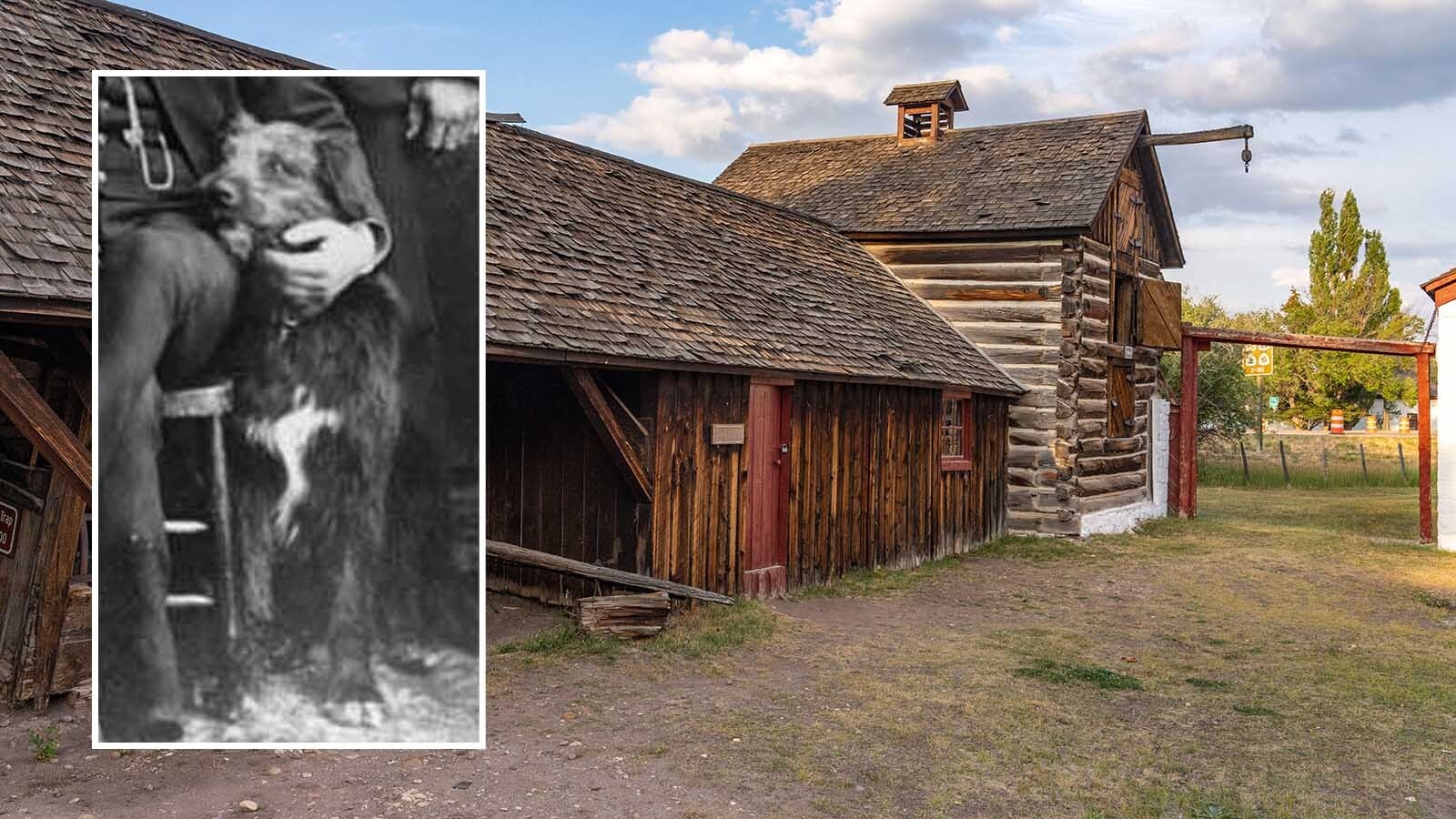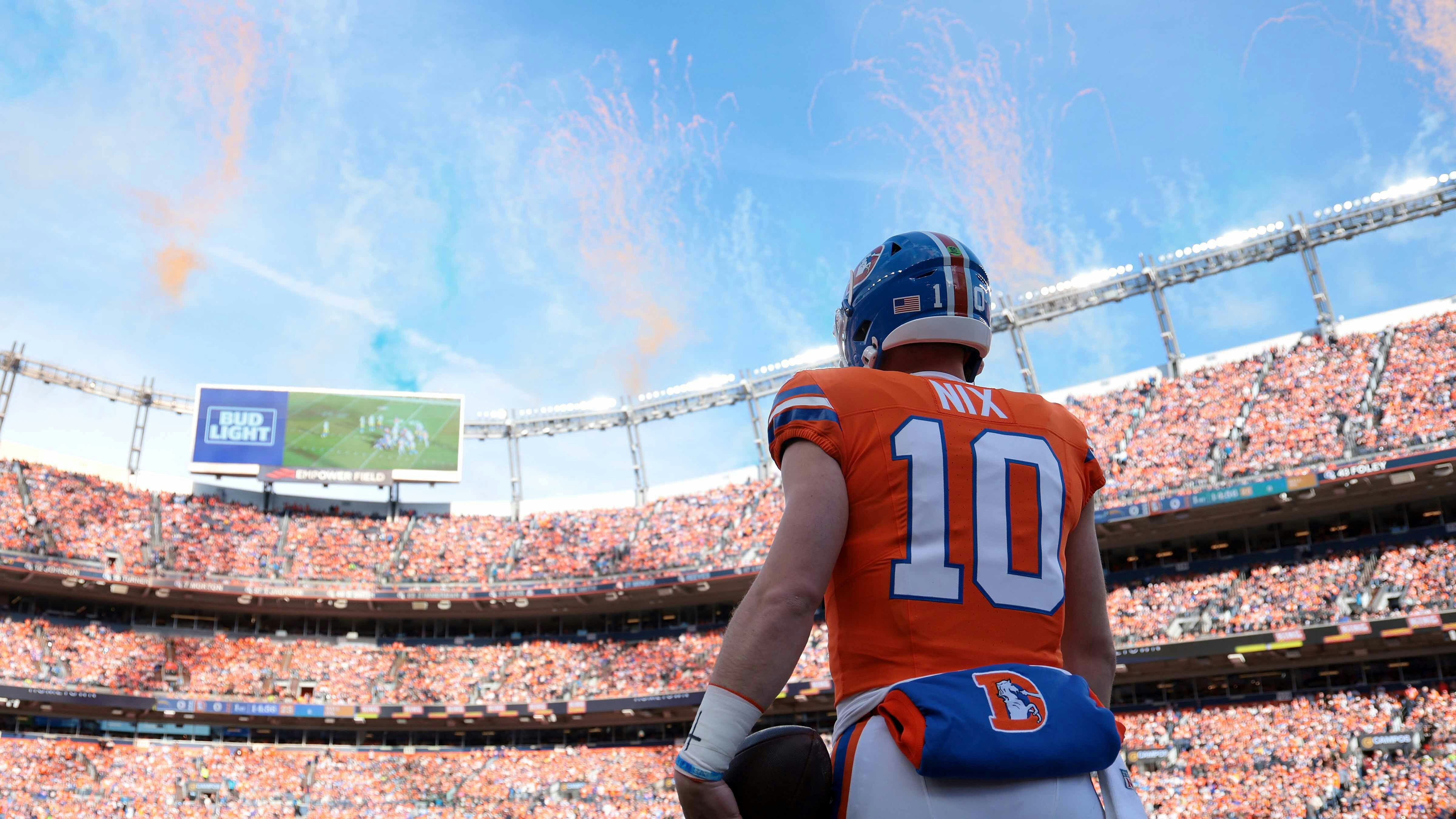What's a Wyoming dinosaur worth?
Almost $45 million, at least according to a Sotheby's auction this week that set a record for a 75% complete fossil. But the people who spend their lives excavating fossils say they’re concerned that by fetching huge sums at auction could prompt people to sell rather than donate their finds for science.
Apex, a Stegosaurus specimen found in Colorado billed by Sotheby’s as unparalleled, became the highest-price fossil in history when it sold for $44.6 million Wednesday.
It's a flabbergasting price for a dinosaur, especially for many dinosaur diggers and considering the famous auction house prior to the sale predicted it could go for between $4 million and $6 million.
"I'm more in shock than anything," said Jessica Lippincott, the author of “Wyoming's Dinosaur Discoveries.” "Stegosaurus is cool and all, but it doesn't have teeth and claws like a (meat-eating dinosaur). I was more in shock that a Stegosaurus sold for more than what Stan sold for."
Stan, a Tyrannosaurus specimen found in South Dakota, was the previous record-holder for the highest-priced fossil. It sold for $31.8 million at a Christie's auction in October 2020.
The record-breaking price surprised everyone.
If the growing number of auctions is any indication, dinosaur skeletons are worth as many millions of dollars as they are millions of years old. But the science behind the multimillion-dollar sales suggests a different story and a pattern that dinosaur aficionados hope goes extinct before it becomes a trend.
Paleontologists of all stripes are concerned these auctions are increasing the price of excavating and assembling dinosaur fossils, which are more common than the public believes.
If wealthy collectors drive up the prices of dinosaur fossils, paleontologists, universities and museums may have to pay exorbitant amounts to conduct digs while competing with the commercial instincts from private fossil diggers, impacting whether the public and future generations will get to see and study these significant finds.
Art Or Science?
Apex, a 150-million-year-old Stegosaurus, is 27 feet long and 11 feet tall at its highest point. Sotheby's, which produced a lavish pre-auction marketing campaign highlighting the specimen, declared it "the finest Stegosaurus skeleton to ever come to market."
A commercial paleontologist in Colorado found the dinosaur in 2022. Sotheby's was involved in the entire process, from the first fossils to the sale itself, a disconcerting dynamic for many paleontologists, including Lippincott.
"I feel like it's becoming more of an art show than a scientific discovery," she said. "People, or at least the people that can afford to purchase these specimens, are viewing dinosaurs in a way that they would view art or something collectible."
In 1997, Sue the T.rex sold for $8.3 million at a Sotheby's auction. Sue's sale set a precedent for dinosaurs as million-dollar commodities.
Auction houses that have historically dealt with art and antiques, like Sotheby's and Christie's, have taken an increased interest in paleontology in the last decade. This is fueling an already-simmering fear in many paleontologists of the increasing commercialism of dinosaur discoveries.
All of the American dinosaurs sold at auction were found on private land. Commercial paleontologists regularly make deals with landowners to excavate, prepare, and sell specimens found on private property, in exchange for lease fees and, sometimes, a cut of the profit from the sale.
Academic paleontologists working for museums or higher-ed institutions make lease arrangements with landowners to excavate fossils while retaining all the specimens they find. There's always been friction between the academic and commercial sides of paleontology, inevitably renewed by each of these high-visibility auctions.
Many paleontologists worry that these multi-million-dollar dinosaur auctions could price academic and some commercial paleontologists out of the business. Most museums don't have $45 million to drop on a single dinosaur, and they'd be foolish to try.
For example, $45 million could fund decades of excavations in a fossil-rich area. Dozens of specimens, just as aesthetically and scientifically valuable as Apex, could be found with the auction-determined value of that one Stegosaurus skeleton.
Also, not every dinosaur fossil is part of a million-dollar hole. It took hundreds of hours of excavation and preparation to get Apex on the auction block, and 25% of the skeleton still had to be replicated to build a full dinosaur.
Most dinosaur skeletons are incomplete, lacking the most desirable aspects, like a skull and claws. These specimens might have immense scientific value, but their value at auction is low, given the propensity for more dramatic and complete dinosaurs.
"The average person, who might not know anything about dinosaurs and paleontology, might find dinosaurs on their property and think it'll sell for $50 million," Lippincott said. "But it might be just some plain old duck-billed dinosaur that is only 10% complete, which might have scientific value but is definitely not going to bring in the money that they're seeing out there right now."
The duck-bill dinosaur Lippincott refers to is Edmontosaurus, a large and extremely common Late Cretaceous dinosaur found throughout the western United States and Canada. Edmontosaurus fossils and incomplete skeletons are so common that most dinosaur diggers ignore them unless they're as complete as Apex, which they rarely are.

Always And Never Complete
Like any salesman, auction houses increase the notoriety of whatever they're selling by promoting its most unique, alluring aspects. In addition to its size, Apex the Stegosaurus was touted for its completeness: 254 of the 319 fossil bone elements, or roughly 75% of the skeleton.
Lippincott admired the transparency throughout Sotheby's Apex campaign. The widely circulated perception of immaculate, 100% complete dinosaur skeletons that all museums and auction houses encourage and indulge in is not the reality of most discoveries.
"The paleontologist working on the specimen said that it was 75% complete and that they used 3D printing to fill in the rest," she said. "That's the first time I've ever seen anything like that included in an auction house dinosaur sale."
There are different definitions of "complete" in paleontology.
Finding 75% of any large dinosaur is remarkable and quite rare. But dinosaur specimens that are considerably less intact, sometimes with only 40% of the entire skeleton, have been described and marketed as "complete."
If a dinosaur is "100% complete," there's a good chance it's a "Frankenstein's Monster" of multiple dinosaurs of roughly the same size and shape assembled into a single skeleton. It's a common practice and one that paleontologists and museums have utilized for over a century.
"The Triceratops skeleton at the Wyoming Dinosaur Center is a mixture of four different individuals," said Lippincott, who used to work there. "And some casts still needed to make it complete for display. The public perceives it as a 100% complete dinosaur, but they don't know the reality of paleontology or what you actually find."
Gold Digging Dinosaurs
Apex the Stegosaurus might be from Colorado, but Wyoming isn't immune from the million-dollar bone rush of the 21st Century. "Barry," an 80% complete Camptosaurus skeleton found by a commercial operation in Crook County, sold for over $985,000 at Drouot, a French auction house, in October 2023.
Lippincott, a Wyomingite, isn't entirely opposed to commercial paleontology. Private landowners can do whatever they choose with the surface rights on their property, including fossils, and she wouldn't want to see anything infringing on those rights.
"If it's your property, you can do whatever you want with it," she said. "If you find something on it, you could sell it if that's what you want to do. I'm totally fine with that because that's just part of being a landowner."
However, she hopes Wyoming landowners don't see the $44 million sale of Apex the Stegosaurus as "a big ticket to make a huge amount of money." She knows that not every dinosaur specimen can be cleaned up, cobbled together, and look that good at auction as Apex.
"Ranching is hard," she said. "A lot of these dinosaurs are found on big ranches that might get paid once a year, so I understand how they would want to get some financial freedom from selling a dinosaur. Everybody wants to make money. But most museums don't have the funding to purchase something of that size and caliber."

Big Buyers
Shortly after the $44.6 million auction of Apex, the buyer was revealed to be billionaire founder and CEO of Citadel LLC Ken Griffin. Sources close to Griffin have said he intends to donate the scientifically significant Stegosaurus skeleton to an American museum, where it will be accessible to paleontologists and the public, but hasn’t said which museum will acquire it.
The $31 million buyer of Stan the Tyrannosaurus was Abu Dhabi's Department of Culture and Tourism. They've stated their intent to put the T-Rex skeleton in a museum, along with other American dinosaurs acquired via auction and private sale. It is under construction and set to open in 2025.
The most complete Stegosaurus ever found came from Wyoming, excavated from a Jurassic quarry in Shell. Sophie never appeared on an auction block. It was bought for an undisclosed amount by a private person who donated it to the Natural History Museum of London in the United Kingdom.
Most Wyoming dinosaurs in domestic and international museums were acquired through private arrangements between landowners and museums or commercial operations without the pomp and circumstance of an auction. But more Wyoming dinosaurs have and will end up on the auction block, fetching exorbitant prices that most museums can't reach and won't try to acquire.
Finding A Balance
Like many paleontologists, Lippincott hopes the high auction price of Apex, Stan, and other dinosaurs won't disrupt the scientific pursuit of dinosaur fossils.
Apex, Stan and Sophie ended up in museums in the United States and elsewhere, where the public can seem them and paleontologists can learn from them. Still, past and future auctioned dinosaurs could also permanently reside in a private collection, benefiting nobody but the buyer.
"A lot of people that are just getting started in paleontology are seeing the dollar signs, and that might be what's driving them to want to dig up dinosaurs," she said. "Unfortunately, paleontology doesn't pay a lot, and you must have a passion for it. The desire to make big money is creating a divide between the academic and commercial sides of paleontology."
Lippincott believes the academic and commercial sides of paleontology work together and mutually benefit. But if Wyoming and western landowners were to start perceiving every fossil as a potential windfall and are only interested in selling their specimens to the highest bidder, dinosaurs could become another plaything for the ultra-wealthy at the expense of paleontology and the public.
"I definitely see both sides of it," she said. "But instead of the Van Gogh painting on the wall, it's the dinosaur in the dining room. That's what's happening to these dinosaurs."
Andrew Rossi can be reached at arossi@cowboystatedaily.com.





